Now more than ever, there are different papers optimized and engineered for a variety of uses. Paper you’ll purchase to load the copier in your office will be different than sheets you print photographs on, which are different than those you print wedding invites on. There is considerable overlap between all paper types when it comes to terminology however, and knowing a little bit more about paper can help you save money and get better print results at the end of the day.
To help you get a better idea of what paper is best for your print job, here are the most important factors to consider that will influence the look, feel, and overall cost of your print.
Four basic properties that apply to nearly all paper types, both in the office and the studio, are size, brightness (or whiteness, depending on brand), shade, and weight. Each defines a characteristic of the paper that makes it better for certain uses, and will affect everything from print quality to the amount you pay per box.
Paper Size
The size of your paper type is a major consideration if you’re thinking of printing with your own printer. Your printer can accommodate only a specific range of paper sizes so making sure your printer can accommodate your paper size if you do intend to print with your own printer is a must-do. Not all paper types come in the same range of sizes so it pays to know what your options are to set realistic expectations.
What is the standard printer paper size? The standard size for regular printer paper is 8.5″ and 11″. Most documents are this size.
Paper Brightness
Brightness is the most common way of expressing how light interacts with the page. Xerox® defines brightness as “the light reflectance of blue-spectrum light on the page”. The brightness of the page will affect the sharpness of your text or images. It’s measured using a 0-100 scale, where 100 is the brightest. Most paper is somewhere in the 90s on this scale, with less expensive copier paper coming in around 92 and artist-grade paper ranging in the high 90’s to 100.
Brightness is especially important for color photographers, because the paper you choose can influence the color-correctness of your tones. Softer and lighter colors in your image can be washed out by high-brightness paper. Lower brightness paper can add richness to your color, but if you are working with a lot of deeper tones it can muddy their sharpness. Because brightness is associated with the blue light spectrum explicitly, high brightness can add a blueish tint to your images, and may interact differently between natural light—which has a more balanced spectrum—and fluorescent lighting.
Paper Shade
Shade describes the tone of your paper. Anyone who has spent time buying paint at the hardware store knows there are several different shades of white you can choose from. Differences in tone will make your white tones look warmer or colder depending on the balance of red and blue light they reflect. Paper is no different and the balance of your shade can make a big difference in how your prints turn out.
The color most people associate with white paper is true white, which is a light balanced neutral white tone. The brighter a paper is the more blue-spectrum light it reflects, which means it absorbs warmer light tones—creating a blue white shade. On the other end of the spectrum are cream white shades that reflect warmer light for a softer shade. If you’re a monochrome photographer, selecting which paper better suits your composition is a matter of personal taste. For color photographers, it gets more tricky, as changes in the white balance of your paper can affect your print colors. This becomes especially important if you are shooting portraits, as it can change the tone as well as the natural feel of your subject’s skin tone.
Paper Weight
Weight refers to the heft and thickness of each individual sheet of paper–not how heavy a ream of paper is. The actual weight (heaviness) of a sheet of paper is commonly measured in GSM which means grams per square meter. The weight of your paper influences both how your print looks and how the page itself feels.
Standard weight paper works best for office uses. Aside from coming with a lower price point, standard paper fulfills the typical demands of daily office printing. Office paper is easier to turn in your printer, preventing jams, and won’t look “crammed” at the binding. A downside is that lighter paper does not stand well against gravity, and will eventually cinch up and curl when displayed on a wall. It’s often not great at absorbing ink, meaning inkjet printed images will dampen the page and create mediocre results at best. Thinner weight office paper will also bleed through when printed on both sides.
Heavy paper is often more expensive and is not advisable for day to day office printing. Paper with heavier weight is also referred to as card stock since this type of paper is best for printing business cards, postcards, greeting cards–media that need the extra sturdiness. Heavier stock is also best for gallery exhibits. As your wall-displayed prints get larger, the rule of thumb is your paper weight should also increase.
When selecting heavyweight paper, it’s important to make sure your printer can handle the weight you are feeding it. Paper that is too thick for your printer can result in your printer heads scraping against the page while it’s printing. This leads to scratching on your page, blurred images, and paper jams. It can also result in your printer heads becoming clogged with paper fibers scrapped from the page, which results in hassles and even costly repairs.
Paper Point Size
Along with weight, point size becomes important on heavier papers and describes the density and “grit” of the page. Heavy weight papers come in a smoother finish or look visibly woven, as is common with cotton-blended resume papers. Your point size, much like the point size of your printer, describes the smallest ink droplet your paper can clearly print. Those extra-sharp looking letters on your business card? That’s a better point size in action.
If you are a photographer, there are some additional factors that will come into play when you are choosing a paper:
D-Max
D-Max describes the maximum darkness your choice of photo paper can recreate in black tones. The term is commonly used in black and white photography circles, where the depth of black tones is very important. D-max is a term that originates in film photography, when different paper qualities could hold a maximum amount of dye during the development process. Thanks to the range of factors associated with modern printing, nowadays D-max comes down to everything from the finish on your paper to the brand and the ink your printer uses. This forum discussion on D-max offers up some great insights into why it’s important, as well as some brands of paper that have an especially good D-max rating.
Archival Quality
Archival quality is one descriptor used to describe how long prints are expected to last on artist-grade paper. Most artist papers are acid free and their finishes will be designed to help preserve ink on the page for years. Up until as late as the early 2000’s, inkjet prints on artist grade paper would fade in a matter of months, making them less-than-ideal for gallery sales (and having any permanent images to display). Now, archival quality papers will last for decades before they start to show wear. At minimum, photographers should look for paper rated to stay true for 15 years, but you can find paper that lasts 75 to 100 years or more in the same aisle.
One thing that often gets overlooked in the search for archival quality is how different brands of ink and paper interact. Not all papers and inks are designed for one another, and something that can lead to prints that fade quicker than they should.
If you’re looking to print long-lasting images, be sure to print with pigment-based ink on artist grade paper. Dye-based ink which is best when printed on glossy paper fades sooner.
If you are looking to find the right paper to match your ink set, Wilhelm Imaging Research is a great resource for information on permanence ratings.
If you’re buying paper for your day-to-day office uses, photo finishes are just for horse races in most cases. For photographers, it’s a whole different story. Your paper finish will affect not only the way your image interacts with light, but also the way that the ink on your page creates colors and visual texturing. Three basic categories of photo finishes are available for photography prints:
Paper Finish
Glossy finishes feature a highly reflective coating. Common types of glossy finishes include high gloss, soft gloss, and satin finishes which create deep vibrant colors and high contrast sharpness. They are good for albums and display away from windows, where the natural light will reflect off the front of your image and distort it. Glossy finishes are commonly used in formal portraiture. Glossy coatings are susceptible to dust and show fingerprints, so they should be handled wisely.
Semi-gloss finishes incorporate some gloss, but not as much as high gloss finishes. Common types include satin, pearl, and lustre—the later of which is very popular among photographers for its versatility and good D-max capabilities. Semi-gloss finishes print good, clean colors and strong contrast, and they frame well behind glass.
Matte paper is made from hot-pressed fibre and does not have a glossy coat. Because it lacks a smooth and shiny coating, it can come in a variety of different textures from a soft velvet to visibly-woven high cotton paper to thick, dimpled paper that makes your print resemble a watercolor painting. Matte paper is the best for getting rich and deep dark tones, making it ideal for black and white photographers. For color photographers, matte paper can make colors look “older” than a glossy or semi-gloss paper will. Much like glossy finishes, gallery-quality prints on matte paper may require special handling like cotton gloves to prevent fingerprinting.
Other factors that go into your paper choice include its fiber content and recycled matter.
Higher quality papers for resume and other formal occasions will often be comprised of a percentage of cotton, which creates a pleasing texture and strong visual effect. This paper is intended for special occasions like weddings and job hunting where it’s imperative that you put your best foot forward. Recycled paper on the other hand is designed to make your everyday use create a smaller foot . . . your carbon footprint, that is. Some print professionals argue that recycled paper leads to more paper jams, but as technology for recycling paper improves this becomes less of a concern. Other environmentally-friendly paper options include bamboo and hemp paper, both of which use highly renewable and less carbon intensive materials in production.
Ink behavior varies with each type of paper.
Knowing more about the paper you feed into your printers gives you the leg up when it comes to getting professional quality results. This knowledge also helps you pair your printer with the right kind of paper necessary to prevent jams, smearing, and other printer issues that inhibit your productivity. So we have a pretty good idea of what types of paper are out there . . . now you just have to pair it with right ink!
Closing
Ready to pick up a pack of your new favorite paper? LD Products has great prices on dozens of paper options, including our top-rated LD-Brand multi-purpose copy paper and photo paper!


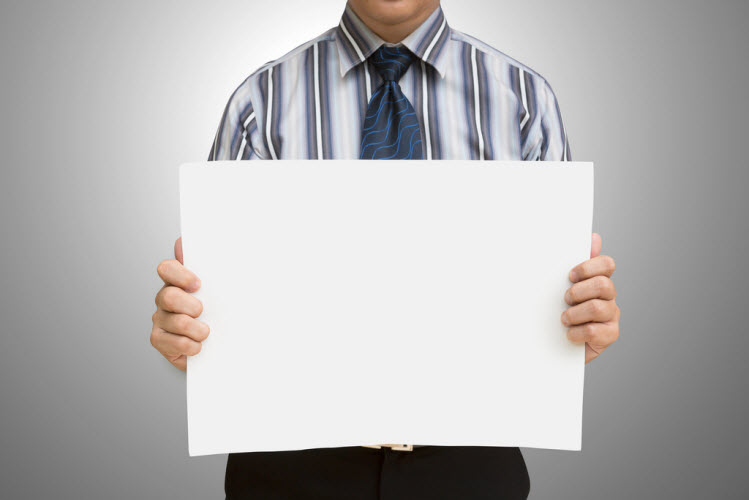



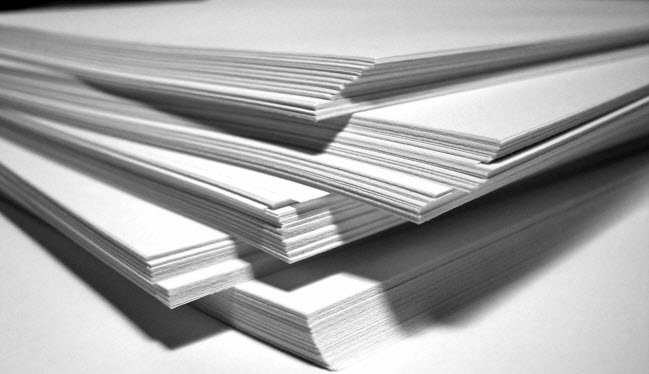

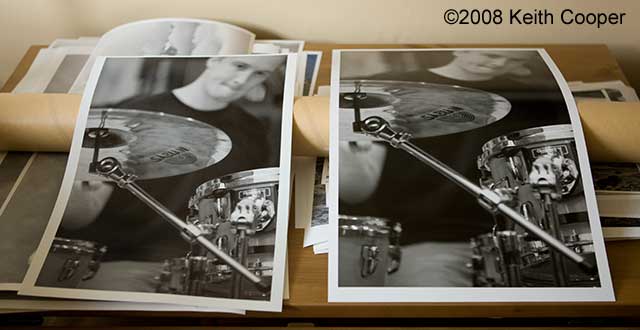



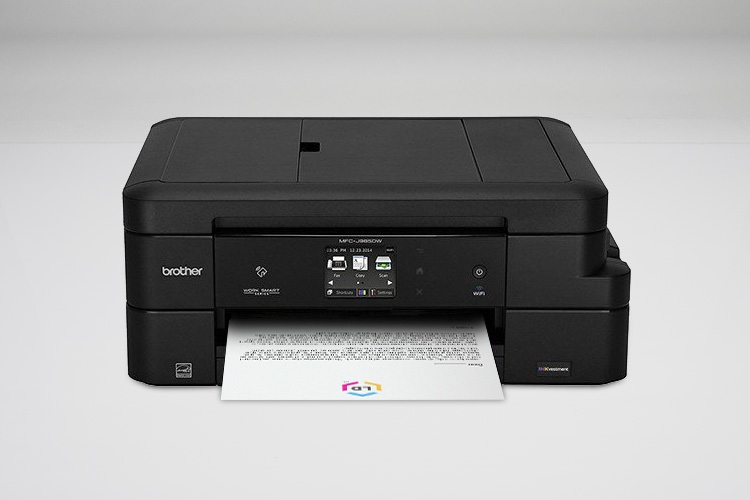
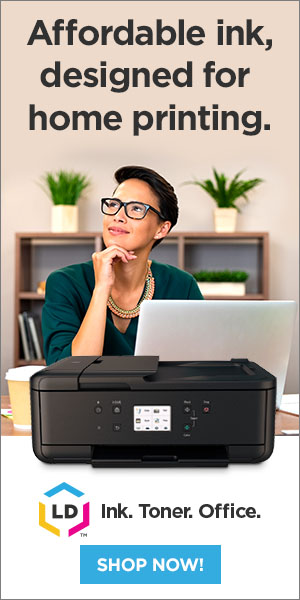
What is the weight of paper normally used by the greeting card industry ?
10pt
Thank you so much for this exceptional article, and for your amazing deals on office supplies.
Sincerely,
Anne
what paper should i use to print matte background image with glossy text on top of it?
What paper do you recommend I should use for stickers?
It depends what you’re going to print and how they will be used. Use glossy sticker paper for vibrant colors but if you have a printer that uses pigment ink, you can pair it with matte sticker paper for longer lasting stickers.
Can you buy already colored photo paper? Specifically I would like a all pale background.
[…] Here is a helpful guide on how to choose the right paper for your ticket. […]
[…] Here’s another great article on the topic of How to Choose the Right Paper. […]
I have a dress patternI want to copy but it says that it must be copied to “A4” paper. What is that?
A4 paper is slightly taller than the standard 8.5 x 11 paper size. It is 8.27 × 11.69. Hope this helps!
THIS IS AN EXCELLENT ARTICLE ON PAPER AND DIFFERENCE IN PAPER USE. NOW I KNOW WHY SOMETIME MY PRINTING IS NOT UP TO SNUFF WHEN PRINTING BLACK TEXT. SOME LINES ARE NOT EASY TO READ. THANK YOU VERY MUCH FOR THE ARTICLE.
Glad we could help!
How much more ink would matte paper use than photocopy/printer/plain paper?
where can i buy 24×36 paper rolls 2″ core for my designjet 430 c